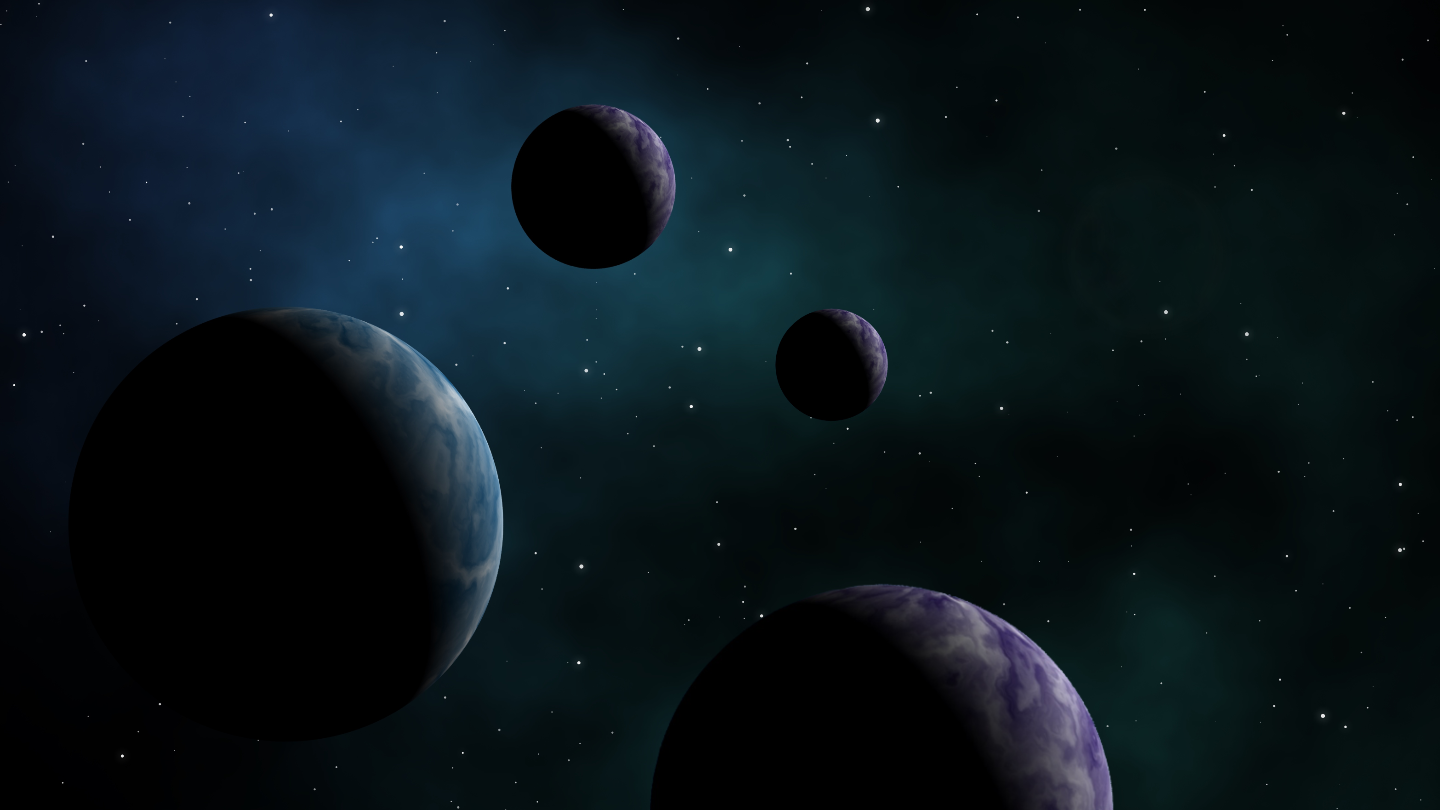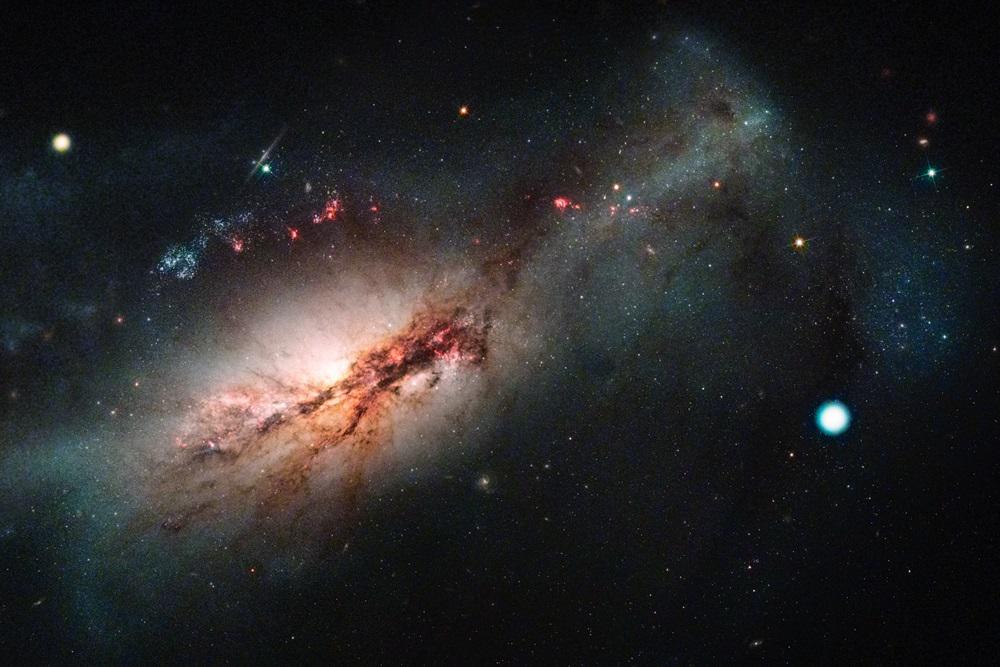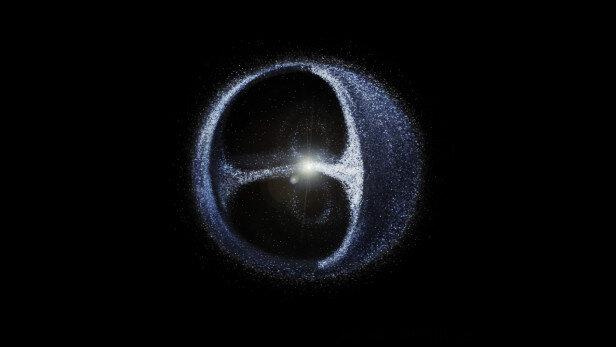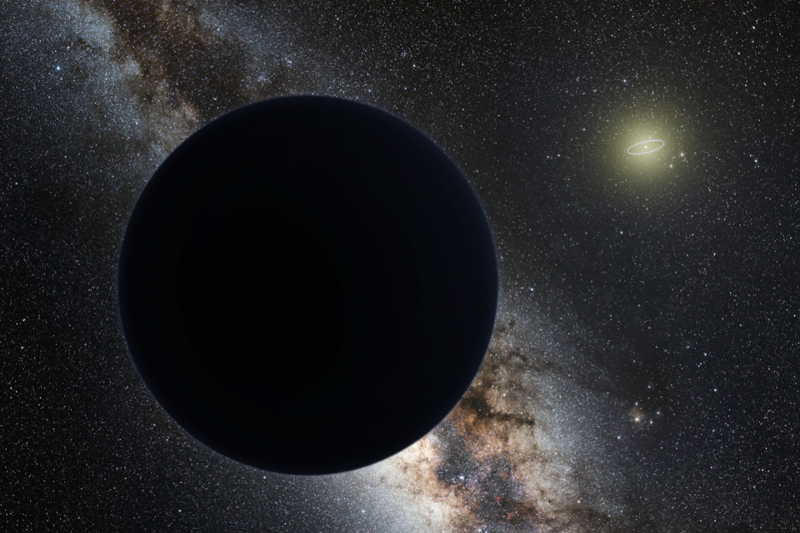New study deepens the controversy over Planet Nine’s existence
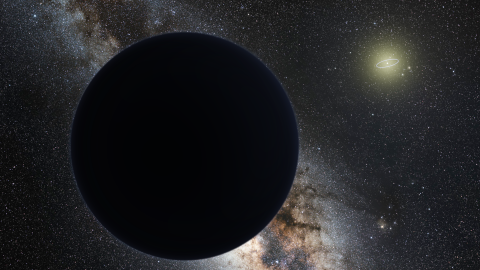
Credit: Tomruen
- University of Pennsylvania astronomers used Dark Energy Survey data to challenge the existence of Planet Nine.
- Planet Nine was proposed to inhabit the outer reaches of our solar system, past Neptune.
- The new data shows numerous smaller objects in that part of space but maybe no new planet.
Is there a mysterious Planet Nine hiding in the outskirts of our solar system? While there’ve been hypotheses making such claims, a new study looks to disprove its existence.
The research from astronomers at the University of Pennsylvania strikes at the heart of the clues that led some to believe such a planet was there. From 2014, astronomers have been suggesting various explanations for the behavior of so-called “trans-Neptunian objects” (eTNOs) that are farther from the Sun than Neptune. These rocks in the outer reaches were previously found to be clumped together, traveling in an elongated orbit, as reports New Scientist. One reason for that could be that they were pulled by the gravity of a giant planet that is five to 10 times the mass of Earth. One fascinating idea proposed about such a possible planet is that it may be responsible for the extinction of the dinosaurs, as it knocks catastrophic comets towards Earth when it passes through the Kuiper belt once every 27 million years.
The new research shows, however, that there may not be any clustering trans-Neptunian rocks at all. The scientists used data from the Dark Energy Survey, carried out at a Chilean observatory.
The University of Pennsylvania astronomer Pedro Bernardinelli, the lead author of the paper, thinks their data doesn’t bode well for Planet Nine’s probability.
“We would not have formulated the Planet Nine idea if our data was the only data that existed,” said Bernardinelli to New Scientist. The scientist’s previous 2020 study, also using data from the Dark Energy Survey, found 316 trans-Neptunian objects, including 139 minor planets in the space past Neptune. The researcher’s works ultimately seems to show that the faraway region is inhabited by numerous small objects which are uniformly distributed rather than grouped.
While the scientists write that their data does not “require a “Planet 9″ hypothesis,” they nonetheless admit that “The limited sky coverage and object count mean, however, that the DES data by no means falsify this hypothesis.”
How ‘The Goblin’ may unravel the mystery of Planet Nine
Samantha Lawler from the University of Regina, Canada, who was not involved in the study, also thinks there’s still a chance the Planet Nine could still be out there. “The way that the Planet Nine hypothesis is constructed is that it’s completely impossible to falsify it — the only way to prove it’s not there is to search every square centimeter of the sky and not find it,” she commented to New Scientist.
Read the new paper now at arXiv.
